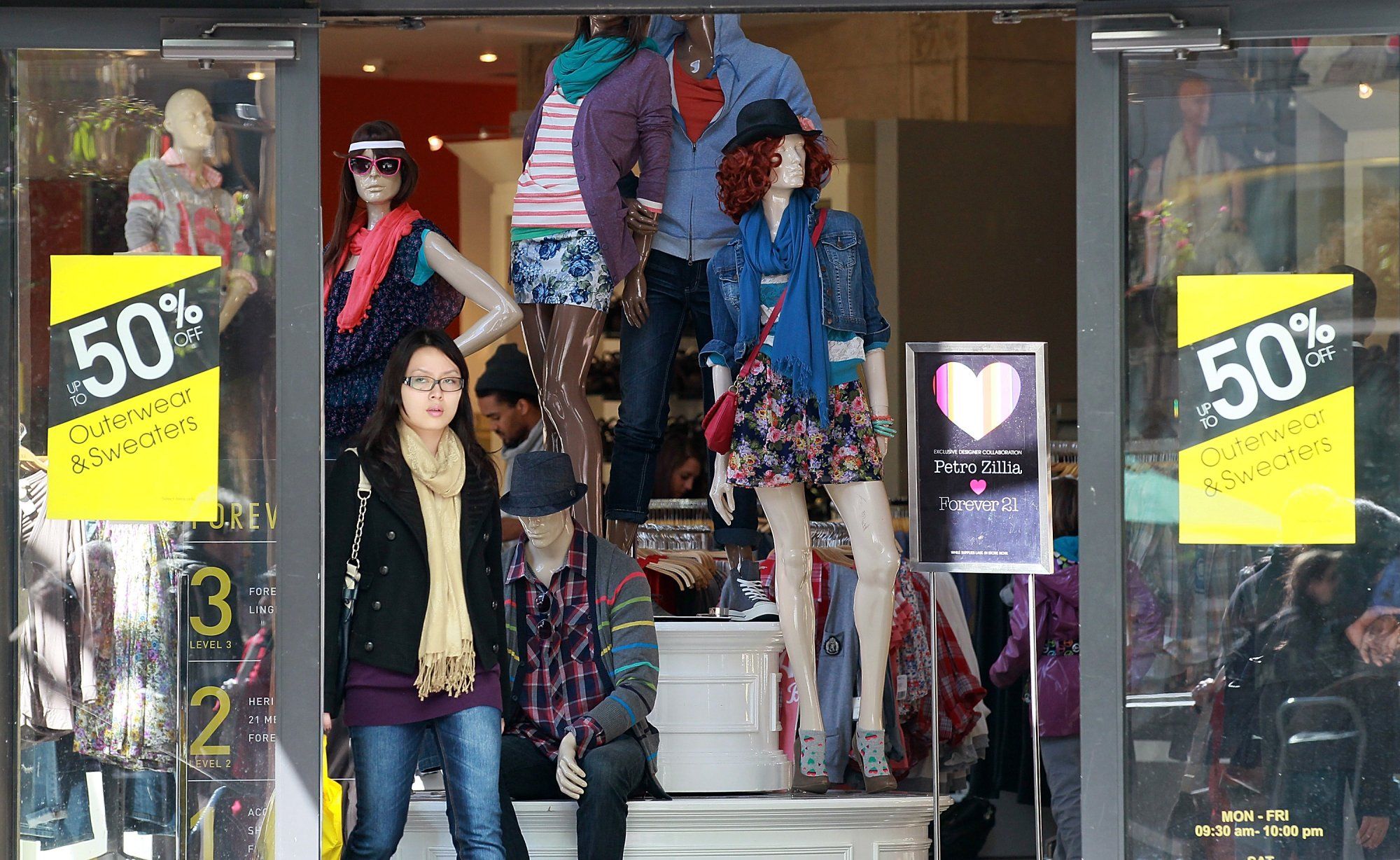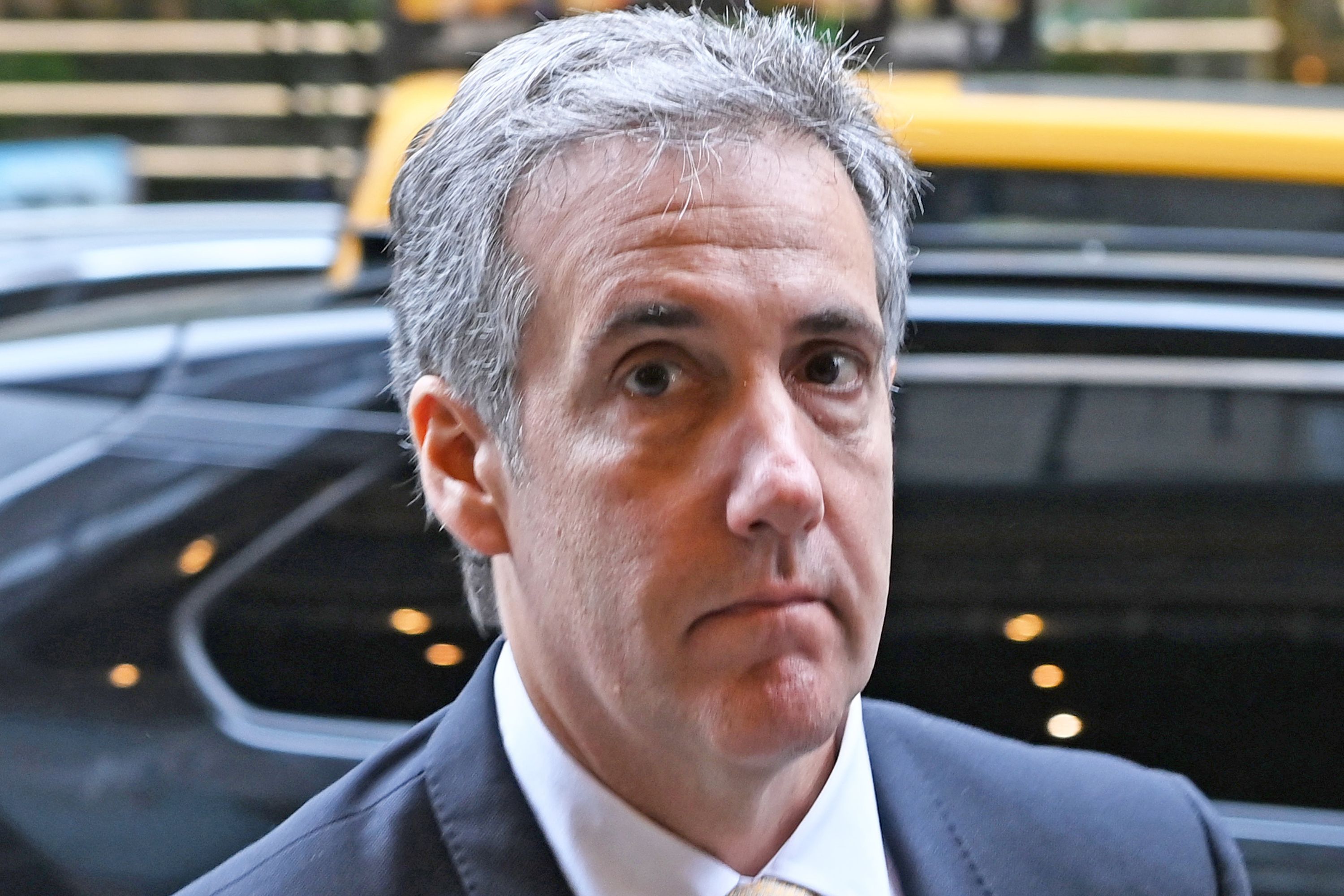
It may be time to move beyond pessimism. Ever since the financial crisis, Americans have wallowed in fear and anxiety. Understandably. Although a recovery — as defined by academic economists — started about two years ago, it hasn't felt like one. Of the 8.7 million payroll jobs lost in the recession, only 1.8 million have returned. The recovery rivals the slowest since World War II and faces continued threats. High oil prices. Europe's debt crisis. Unexpected inflation. Washington's bickering over the federal debt ceiling.
All true. But it's also true that the recovery seems increasingly self-propelled. Americans are shopping again, albeit with less fervor; exports are improving; companies are hiring. Massive government spending and the Federal Reserve's low interest rates seem less crucial to growth. Although this is good news, the pervasive post-crisis gloom prevents us from acknowledging it.
Despite differences, all recessions share certain characteristics. One is the role of economic "imbalances." Something in the economy goes to excess, and the "correction" depresses production, jobs and incomes. Inflation rises, and so the Fed quells it by increasing interest rates. Or companies overinvest in factories and office buildings; investment spending collapses when the surpluses become obvious. Or stocks reach artificial highs — and then crash.
Recoveries begin when the imbalances are overcome by the passage of time, other forces in the economy or government policies. This is happening now to three huge imbalances that abetted recession: consumer overspending (an imbalance between household purchases and incomes); the trade deficit (the imbalance between exports and imports); and the housing "bubble" (the imbalance between home prices and people's incomes).
Let's take them in turn.
During the boom years, Americans borrowed more, usually against higher home values; they saved less and spent more. The personal savings rate — the share of after-tax income saved — reached a low of about 1 percent in 2005. Spending flourished for cars, electronics, vacations and much more. Then, beginning in 2008, consumer spending plunged for 18 months when housing prices fell and personal credit tightened. Americans repaid loans or defaulted; they spent less and saved more.
Now, years of doing this (a.k.a "deleveraging") have restored purchasing power. Debts have been reduced or eliminated; the savings rate has recovered to a 5 percent to 6 percent range. Consumers don't have to divert a growing share of their incomes from spending. For example, consumer debt service (repayment of principal and interest) is less than 12 percent of disposable income, down from almost 14 percent in 2007, reports the Fed. The difference exceeds $200 billion in potential annual purchasing power.
Next, the trade deficit. It peaked in 2006 at $759 billion, weakening domestic manufacturing. Now, the dollar's depreciation makes U.S. goods more competitive on world markets. Both farm and industrial exports are growing rapidly, up 22 percent and 18 percent for the first three months of 2011 compared with the same period in 2010. By 2010, the trade deficit had dropped to $496 billion.
Finally, there's housing. True, it's still depressed. But the worst may be past. Mortgage delinquencies are falling. Meanwhile, pent-up demand is growing. New-home construction would have to average 1.6 million units a year over the next decade — triple the current rate — to keep up with rising population and new households, estimates economist Ben Herzon of Macroeconomic Advisers. "There's a boom out there somewhere," he argues. "It's just a matter of when."
Some economists are raising forecasts. Mark Zandi of Moody's Analytics notes that household debt has decreased by $1.1 trillion and that the number of bank and retail credit cards has dropped from 600 million to 460 million. He expects faster economic growth in 2012. Joachim Fels of Morgan Stanley thinks manufacturers will increase investment spending. "The U.S. export sector doesn't have enough capacity and needs to expand," he writes.
To be sure, there are no guarantees. The nation's formidable long-term problems, starting with massive budget deficits, are largely unattended by Washington. Higher oil prices or other short-term developments could disrupt the recovery; indeed, costlier energy has already contributed to widening trade deficits. Even with a stronger economy, steep unemployment will decline slowly. Zandi's forecast for late 2012 is 7.9 percent, down from 9 percent in April.
But the larger message is that the recovery is feeding on itself. Healthy economic growth doesn't have to be supported by government and, ideally, is not frustrated by perverse policies. The greatest barrier to recovery now could be psychology — stubborn gloom — which conditions household and business spending decisions. There is a curious role reversal. Foolish optimism led to the financial crisis and recession by assuming things would work out for the best. Now, reflexive pessimism weakens growth by ignoring good news or believing it can't last.
Uncommon Knowledge
Newsweek is committed to challenging conventional wisdom and finding connections in the search for common ground.
Newsweek is committed to challenging conventional wisdom and finding connections in the search for common ground.





